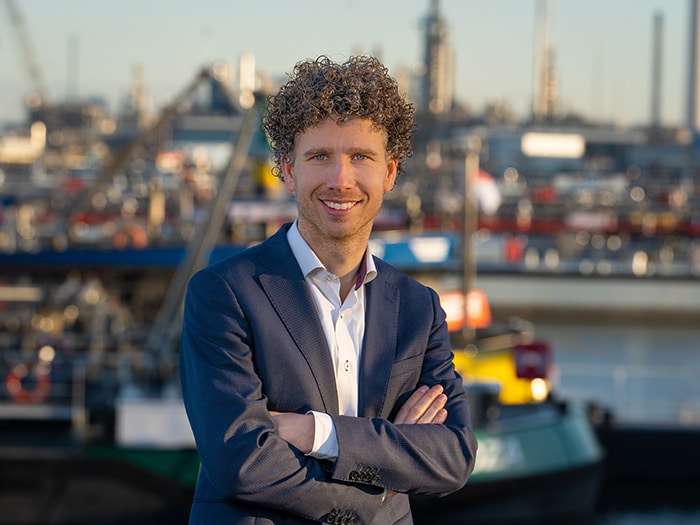
Op-Ed: Navigating green and digital transitions in maritime
Written by Heather Ervin
Hans Bobeldijk says we are in the twin green and digital transitions towards a carbon-neutral shipping industry in 2050.
By Hans Bobeldijk, CEO, UAB-Online
Throughout the maritime industry, there is an understanding that achieving zero emissions over the coming years requires research, development, and deployment at a massive scale as well as enabling policies that incentivize the transition to low- and zero-emission fuels and technologies as soon as possible.
I suggest that we start thinking of it as two transitions: We are in the twin green and digital transitions towards a carbon-neutral shipping industry in 2050. The green transition is about improving environmental impact and the digital transition is aimed at improving efficiency. Organizations need to transform and decide which future-proof technologies to adopt for short-term as well as long-term impact.
The challenge of maritime decarbonization can seem so big that it can make it difficult to take smaller steps to start the journey. Also, with a long-term vision, it can be difficult to get approval from your organization because you don’t know for sure if it works.
Fortunately, based on my expertise in the digitalization of the marine liquid bulk industry, I see promise in future-proof technologies using data exchange that exist today. These technologies facilitate digitalization and standardization, which are two ways you can start to take action immediately.
Digitalization enables just-in-time efficiency and port call optimization; by streamlining terminal operations, you can achieve reduced idle time. A reduction of 60-90 minutes in port translates to reduced greenhouse gas emissions today, so that’s a good start. It is an example of both the green transition and the digital transition. Another example already in use in the maritime industry is voyage optimization planning, which utilities real-time weather data to create the most fuel-efficient routing for a vessel and can provide up to 10% in fuel savings.
In the liquid bulk process at terminals, the best way to streamline is to standardize by using a digital workflow, where everything from pre-arrival announcements, load-discharge documentation, jetty planning and terminal specific documents is done digitally. Within that workflow, there are a number of stakeholders, whether it’s the surveyors, the owners, or the master, they all have a role to play and they need to be going down that route. A digital workflow platform streamlines the vessel arrival process significantly by reducing telephone, email, and physical contacts with various entities.
To make many of these port call optimization initiatives really happen, I think it’s more of a top-down strategy. They need to have all parties involved before they receive all the data necessary to streamline the liquid bulk workflow process. Thanks to the benefits of a bottom-up approach, we often start with a few terminals and then more follow after seeing the good results.
If we step back and look at the big picture goal of maritime decarbonization, it will take a combination of bottom-up grassroots initiatives together with large initiatives such as green corridors—maritime routes that emphasize low-and zero-emission lifecycle fuels and technologies—to achieve global net-zero.
It’s our job to bring all the parties together in liquid bulk to get an optimized ecosystem. This is an important puzzle piece for optimizing the entire maritime sector.
Even more important is helping everyone start understanding the two transitions–green and digital–that will transform the maritime industry as we work toward the carbon-neutral goals of 2050.




